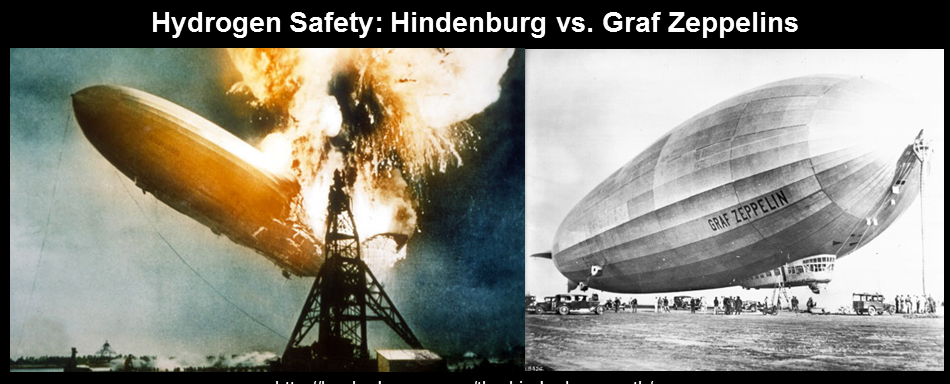Is it parahydrogen or para-hydrogen?
jacob.leachmanHere’s a paradox of paramount importance: which paradigm is right — parahydrogen or para-hydrogen?
Should a hyphen (-) be used to describe this paranormal spin-isomer of hydrogen with ‘parallel’ nuclear spins?
In this post I’ll review the history of the name, present style guides for the use of a hyphen, and risk ripping the field apart in a debate analogous to the Oxford Comma.
“Astonishing Successes” and “Bitter Disappointment” the history of hydrogen’s specific heat
The discovery of hydrogen’s para- and ortho- nuclear spin isomers was the triumph of Werner Heisenberg’s new quantum theory. So much so that the Nobel Prize committee specifically cited this … » More …


